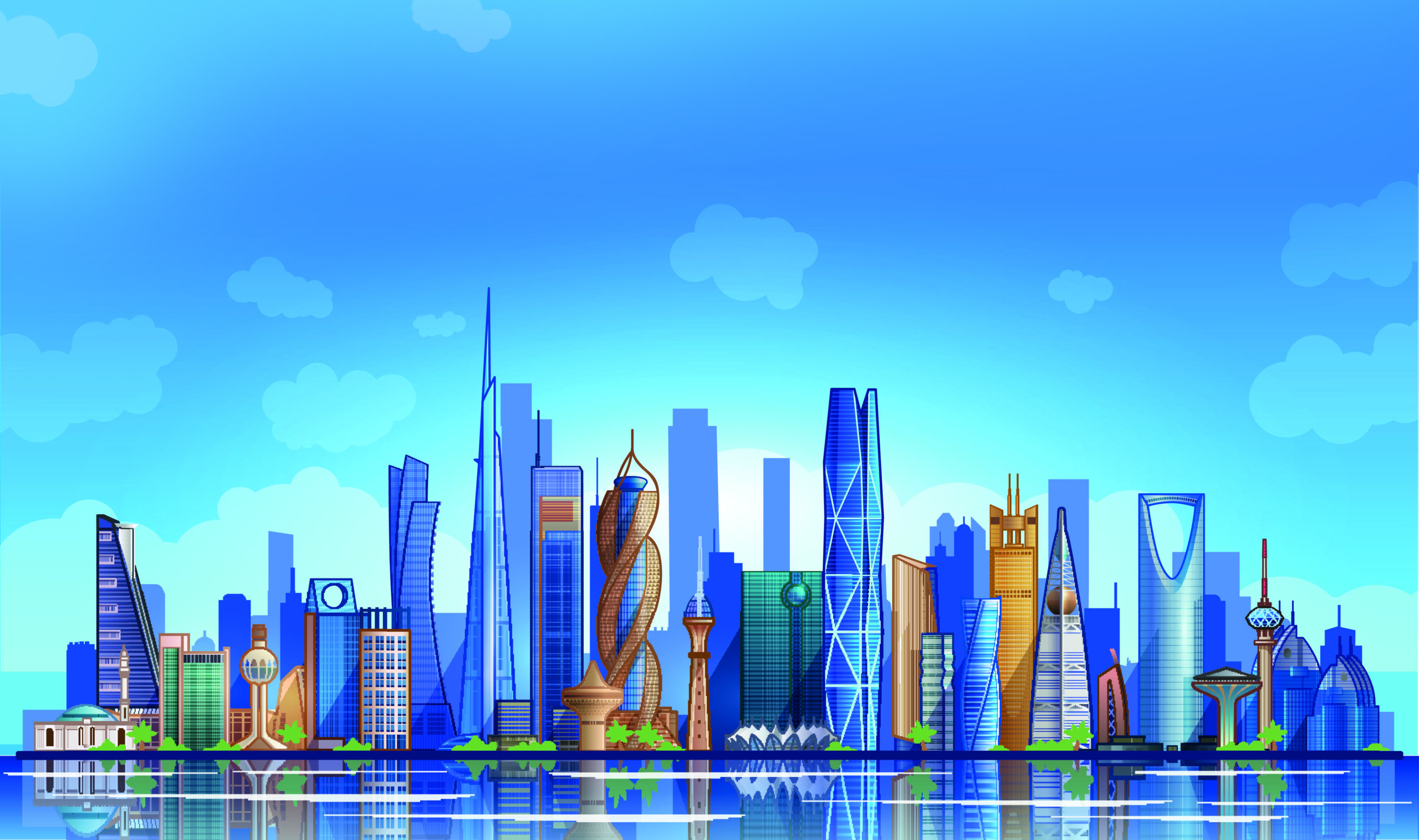
Saudi Arabia’s retail sector will witness exponential growth in coming years, driven by increasing urbanisation trend, favourable demographics and westernised consumption patterns, indicates latest real estate report by KPMG Al Fozan & Partners – an audit, tax and advisory services provider in Saudi Arabia.
The Kingdom’s focus on developing the entertainment and tourism sectors and the aim of becoming a global economic powerhouse and an international business hub is transforming two of its major cities – Riyadh and Jeddah – into world-class retail destinations.
The total gross leasable area (GLA) in 2018 reached over 22.6 million sqft with additional new retail space of 3.4 million sqft expected to be delivered in 2019. The total retail space in the capital city of Riyadh is expected to reach up to 29 million sqft by 2021.
Though the retail sector continues to be strong despite the effect it experienced from the introduction of the value-added tax (VAT) in January 2018, lower consumer purchasing power led to a decrease in rental rates by 5% and 10% across different areas of the city. Rents are expected to remain under pressure until the end of 2019.
Rental rates continue to be higher in regional and super-regional malls compared to community malls, driven by higher footfall. However, the average vacancy rates rose to 15% across all mall categories by 2018-end.
“Although a high amount of retail space is expected to enter the market, there is still demand for retail space in Riyadh. This demand stems from the increasing number of international brands willing to open stores since the opening up of the economy and growing awareness of international brands within the general public,” said Firas Hassan, head of real estate at KPMG AL Fozan & Partners.
In Riyadh, Prince Turki Ibn Abdul Aziz Al Awwal Road, Northern Ring Road, King Abdul Aziz Road and Abi Bakr Al Siddique Road are the new destinations for the upcoming retail developments and shopping centres.
Demand for retail space is rising in Jeddah, supported by a high population base, elevated disposable income and changing lifestyle. The current retail supply is dominated by super-regional malls and is estimated at 15.1 million sqft. This includes recent completions such as Al Marwa Plaza, the second expansion of Red Sea Mall and Marina Avenue.
“The market is anticipated to witness the delivery of nearly 4.3 million sqft in the coming two to three years given the delay in under construction projects, which were scheduled to be delivered in 2018, coupled with other forthcoming projects,” added Hassan.
The Jeddah Park and King Avenue Mall are the most prominent forthcoming projects. Other under construction projects include Obhur Mall, Atelier Lavie and Sunset Avenue.
Rentals for regional malls registered a modest decline of 4-5% owing to the decreasing demand for this asset class. However, new upcoming supply – if delivered as announced – is likely to put pressure on the rental rates. The rental rates of community malls range between SAR1,800 per sqm and SAR2,400 per sqm, while the lease rates for super-regional malls range between SAR2,700 per sqm and SAR3,500 per sqm.
“With new residential communities being set up, we expect the new population in the area to feed into the demand for retail space. We still see an opportunity in developing super-regional malls that can serve as destination malls, equipped with advanced entertainment facilities, and vast range of F&B offerings,” Hassan concluded.